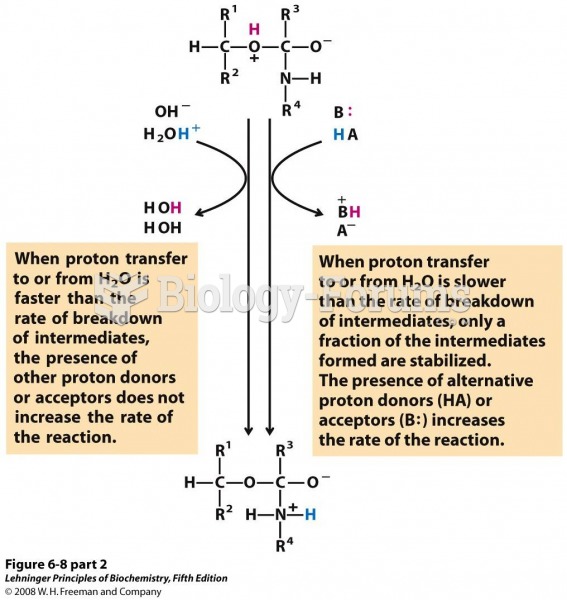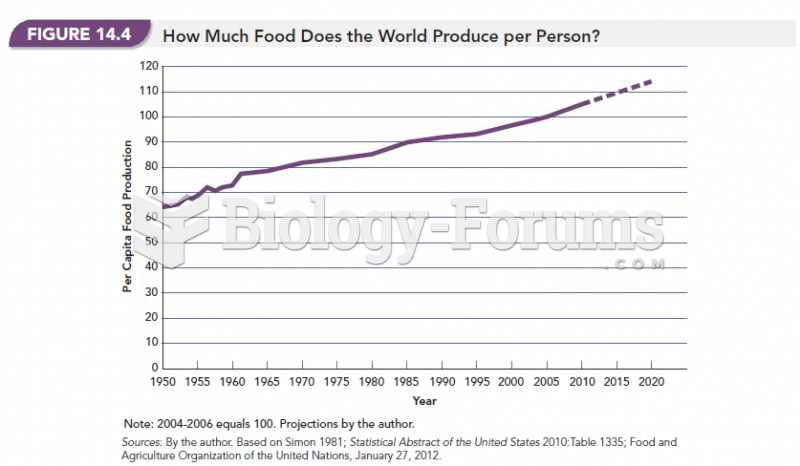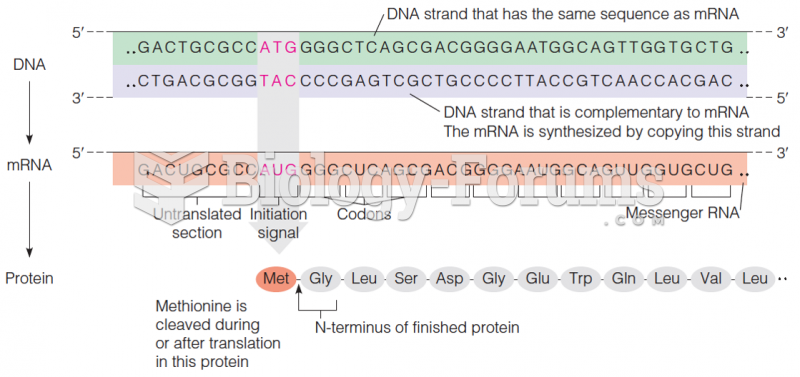|
|
|
The Babylonians wrote numbers in a system that used 60 as the base value rather than the number 10. They did not have a symbol for "zero."
The heart is located in the center of the chest, with part of it tipped slightly so that it taps against the left side of the chest.
Although the Roman numeral for the number 4 has always been taught to have been "IV," according to historians, the ancient Romans probably used "IIII" most of the time. This is partially backed up by the fact that early grandfather clocks displayed IIII for the number 4 instead of IV. Early clockmakers apparently thought that the IIII balanced out the VIII (used for the number 8) on the clock face and that it just looked better.
By definition, when a medication is administered intravenously, its bioavailability is 100%.
Illicit drug use costs the United States approximately $181 billion every year.







